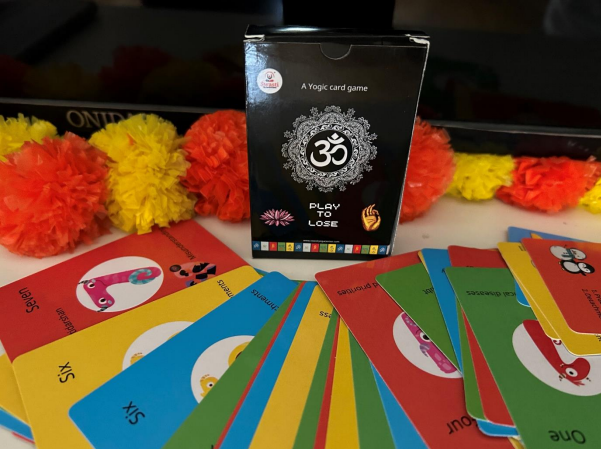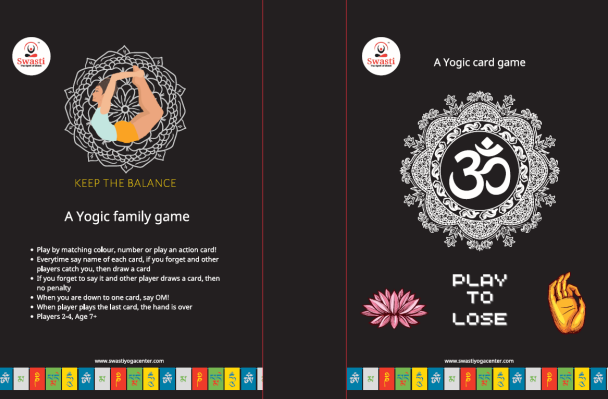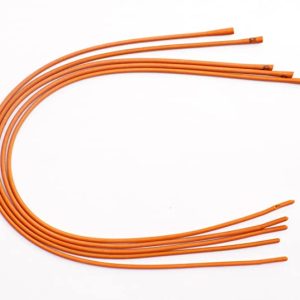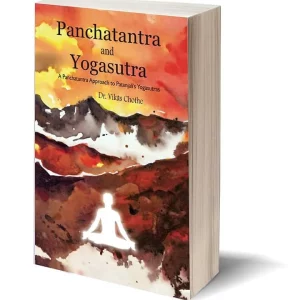Description
Shipping & Delivery Policy (within India only)
Game-based learning is gaining popularity and card games have found to be an interesting tool in developing cognitive, social and emotional qualities. Many people find yoga philosophy very dry and boring. This study will highlight the role of OM- a yogic card game as a tool for teaching basic yoga concepts from Yogasutras, a classical manual on yoga and igniting interest of beginners into classical yoga texts, which is rare. It will also help in reducing compulsive buying behavior, fast fashion, fear of missing out (FOMO) emotion, addictions and peer pressure challenges of youths. This paper discusses the genesis of OM card game and provides guidelines for further modifications of the card game to help beginners learn basic yoga concepts.
Om Card Game
Om -yoga based shedding type card game is an educational game designed to teach students a number of basic yogic concepts. These concepts are based on classical books on yoga namely Yogasutras of Patanjali and Bhagwad Gita. The game includes concepts of antarayas which means challenges faced by a yoga practitioner. They include nine factors like disease (vyadhi), mental lethargy (Styan), doubt (Samshaya), misplaced priorities (Pramada), physical laziness (Alasya), sensual attachments (Avirati), misunderstanding (Bhrantidarshan), non-attainment of goal (Alabdhabhumikatva) and non-maintenance of goal (Anavasthitatva). It also includes concepts like avoiding common people (Jana sangha parityaga), yoga of action (Karma Yoga), yoga of devotion (Bhakti Yoga) and four life goals (Chaturvidha purusharthas) and solutions to remove thoughts (Chitta vrutti nirodh upaya- abhyas, vairagya) OM- card game is easy and fun to play. It can be easily implemented in yoga centres and schools.
How To Play?
The four colour cards in the game represent four types of minds (chitta) according to yoga and each are given points accordingly. Seven cards are dealt to each player, and the top card of the remaining deck is flipped over and set aside to begin the discard pile. Every player has to say the names of each card, failing to do so and if pointed by another player, the player has to 7 H. Tobar-Munoz et al., J. of Educational Computing Research, 1–36 (2017) pick an extra card as penalty for being distracted (klishta- restless mind). The game can be played by people above seven years age and up to four players together with a deck of 60 cards. For more players we have to combine two decks together. Having positive attitude, patience and enthusiasm are some factors prerequisites among the players.









Reviews
There are no reviews yet.